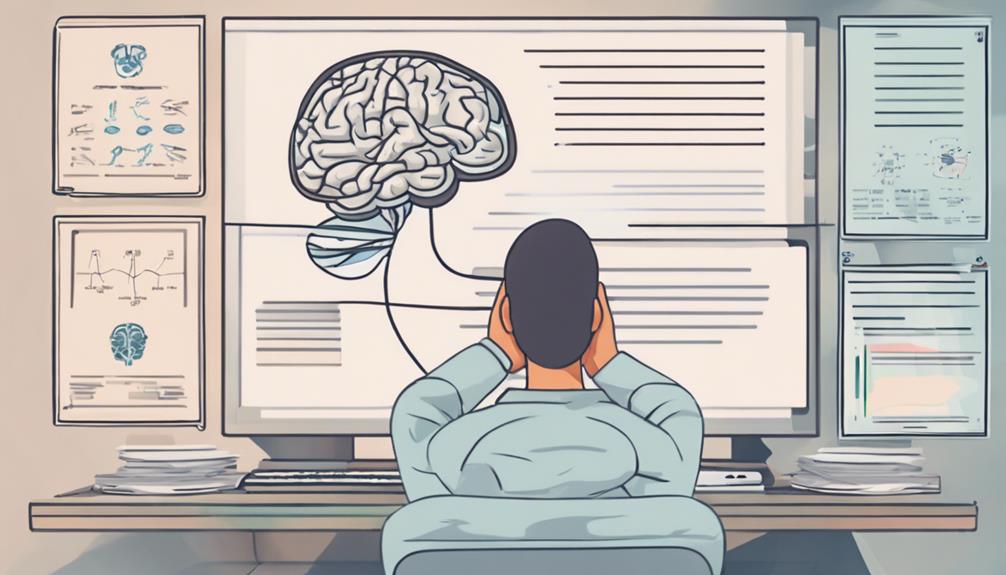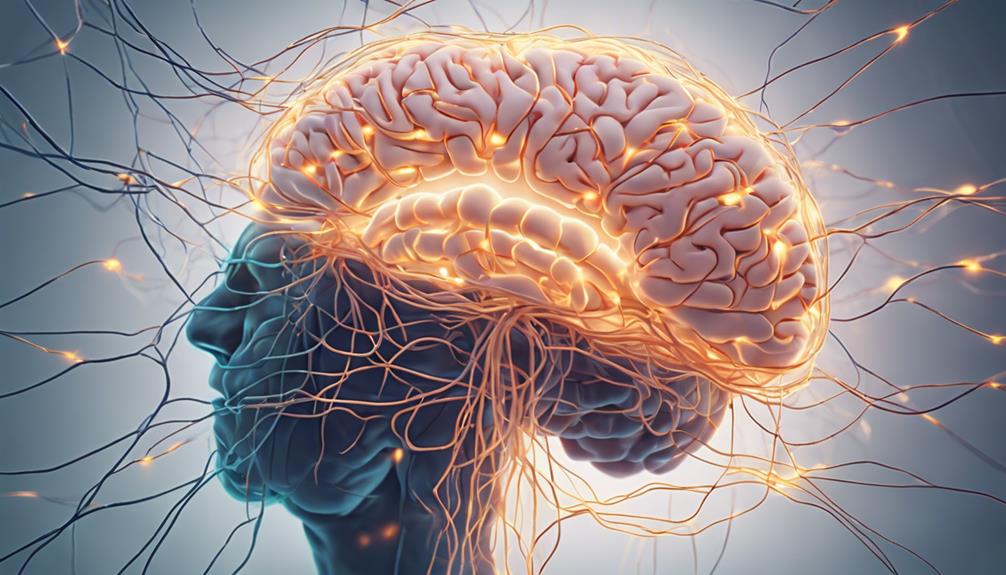Embark on a transformative journey towards enhanced well-being and mental clarity through the powerful practice of health hypnosis visualization. This technique improves overall well-being, boosts focus, and reduces stress. To optimize your experience, create a relaxing environment, practice deep relaxation techniques like mindful breathing, and script personalized journeys with positive affirmations. Enhance your visualization by incorporating mindfulness, setting clear intentions, and engaging multiple senses. Start your mindful journey today to unlock the full potential of health hypnosis visualization.
Benefits of Health Hypnosis Visualization

The utilization of health hypnosis visualization has shown promising benefits in improving overall well-being and managing various health conditions. Research has indicated that incorporating health hypnosis visualization techniques can lead to improved focus and mental clarity. By engaging in guided imagery sessions, individuals can enhance their ability to concentrate on specific goals or tasks, ultimately boosting productivity and cognitive performance.
Moreover, health hypnosis visualization has been linked to stress reduction and enhanced well-being. Studies have demonstrated that practicing visualization techniques can help lower stress levels by promoting a sense of relaxation and calmness. This, in turn, can have a positive impact on both mental and physical health, contributing to an overall sense of well-being.
Incorporating health hypnosis visualization into daily routines can offer individuals a powerful tool for managing stress, improving focus, and enhancing their overall quality of life. By harnessing the mind-body connection through visualization, individuals can experience a range of benefits that positively impact their health and well-being.
Setting the Stage for Visualization
To effectively prepare for visualization exercises, individuals can create a conducive environment that promotes relaxation and focus. Creating the atmosphere for visualization involves finding a quiet and comfortable space where distractions are minimized. This can include dimming the lights, playing soft music, or using aromatherapy scents like lavender or chamomile to enhance relaxation. Such environmental cues can signal to the brain that it is time to unwind and engage in a mindful practice.
In addition to creating the right setting, mental preparation is crucial for successful visualization. This involves clearing the mind of any clutter or stressors and focusing on the present moment. Techniques such as deep breathing, progressive muscle relaxation, or mindfulness meditation can help individuals achieve a state of mental calmness and readiness for visualization exercises.
Techniques for Deep Relaxation

One effective technique for achieving deep relaxation involves practicing progressive muscle relaxation. This technique focuses on tensing and then releasing each muscle group in the body, helping to release physical tension and induce a state of relaxation. Research has shown that progressive muscle relaxation can reduce stress, anxiety, and even improve sleep quality.
In addition to progressive muscle relaxation, mindful breathing is another powerful tool for deep relaxation. Mindful breathing involves focusing on the breath, observing its rhythm, and consciously slowing it down. This practice has been found to activate the body's relaxation response, calming the mind and reducing stress levels.
Other relaxation techniques that can promote deep relaxation include guided imagery, meditation, and autogenic training. These techniques work by engaging the mind and body in a state of relaxation, promoting overall well-being and mental clarity.
Incorporating these relaxation techniques into your daily routine can help you achieve a state of deep relaxation and improve your overall health and well-being.
Scripting Your Health Hypnosis Journey
Utilizing scripted visualization techniques in health hypnosis sessions can enhance the effectiveness of the therapeutic journey by guiding individuals towards specific health goals. Creative visualization involves mentally picturing a desired outcome, such as improved health or well-being. Through the power of positive affirmations, individuals can reinforce these visualizations, instilling confidence in their ability to achieve their health objectives.
During health hypnosis sessions, scripted journeys can be tailored to address individual needs, whether it be reducing stress, managing pain, or improving overall wellness. These scripts often incorporate soothing imagery, relaxation cues, and empowering language to help individuals connect with their inner resources and drive positive change.
Enhancing Your Visualization Experience

Enhancing the visualization experience in health hypnosis sessions can amplify the therapeutic benefits and improve the overall effectiveness of the process. To enhance your visualization experience, consider incorporating mindfulness practices and visualization tips. Mindfulness practices can help you stay present and focused during the session, allowing you to tap into the power of your subconscious mind more effectively.
Enhancing focus is crucial in visualization. Before starting a health hypnosis session, take a few moments to clear your mind and focus on the intention of the session. This can help you engage more deeply with the visualization process and enhance its impact.
Creative imagery plays a significant role in enhancing the visualization experience. Try to create vivid and detailed images in your mind during the session. Engaging multiple senses in your visualizations, such as sight, sound, and touch, can make the experience more immersive and powerful.
Experiment with different creative imagery techniques to find what works best for you and enhances your overall health hypnosis experience.
Frequently Asked Questions
Can Health Hypnosis Visualization Help With Chronic Pain Management?
Health hypnosis visualization can aid in chronic pain management by promoting pain relief and enhancing mental focus. Studies suggest it can also reduce stress levels and improve overall well-being, making it a potential complementary approach to pain management.
Is Health Hypnosis Visualization Safe for Pregnant Women?
Pregnancy safety is paramount when considering health hypnosis visualization. While limited research exists, potential risks may include altered emotional states. Consultation with a healthcare provider is advised to ensure the safety of pregnant women.
Can Health Hypnosis Visualization Improve Sleep Quality?
Health hypnosis visualization has shown promising results in improving sleep quality by reducing stress and promoting relaxation. Through stress relief and relaxation techniques, it can enhance mental clarity and focus, contributing to better overall sleep patterns.
How Often Should One Practice Health Hypnosis Visualization?
Frequency recommendations for health hypnosis visualization practice vary, but consistency is key. Regular sessions, ideally a few times a week, can cultivate a positive mindset and yield long-term benefits on overall health and well-being.
Can Health Hypnosis Visualization Be Used to Overcome Phobias?
Health hypnosis visualization can be an effective tool for fear management and anxiety relief. Research suggests that utilizing hypnosis techniques can help individuals overcome phobias by accessing the subconscious mind to reframe and reprogram negative associations.
Conclusion
In conclusion, health hypnosis visualization has been shown to offer numerous benefits for individuals seeking to improve their well-being. By setting the stage for visualization, utilizing techniques for deep relaxation, scripting a personalized journey, and enhancing the overall experience, individuals can harness the power of their mind to promote positive health outcomes.
Research supports the effectiveness of health hypnosis visualization in reducing stress, improving sleep, and enhancing overall health and wellness.








































